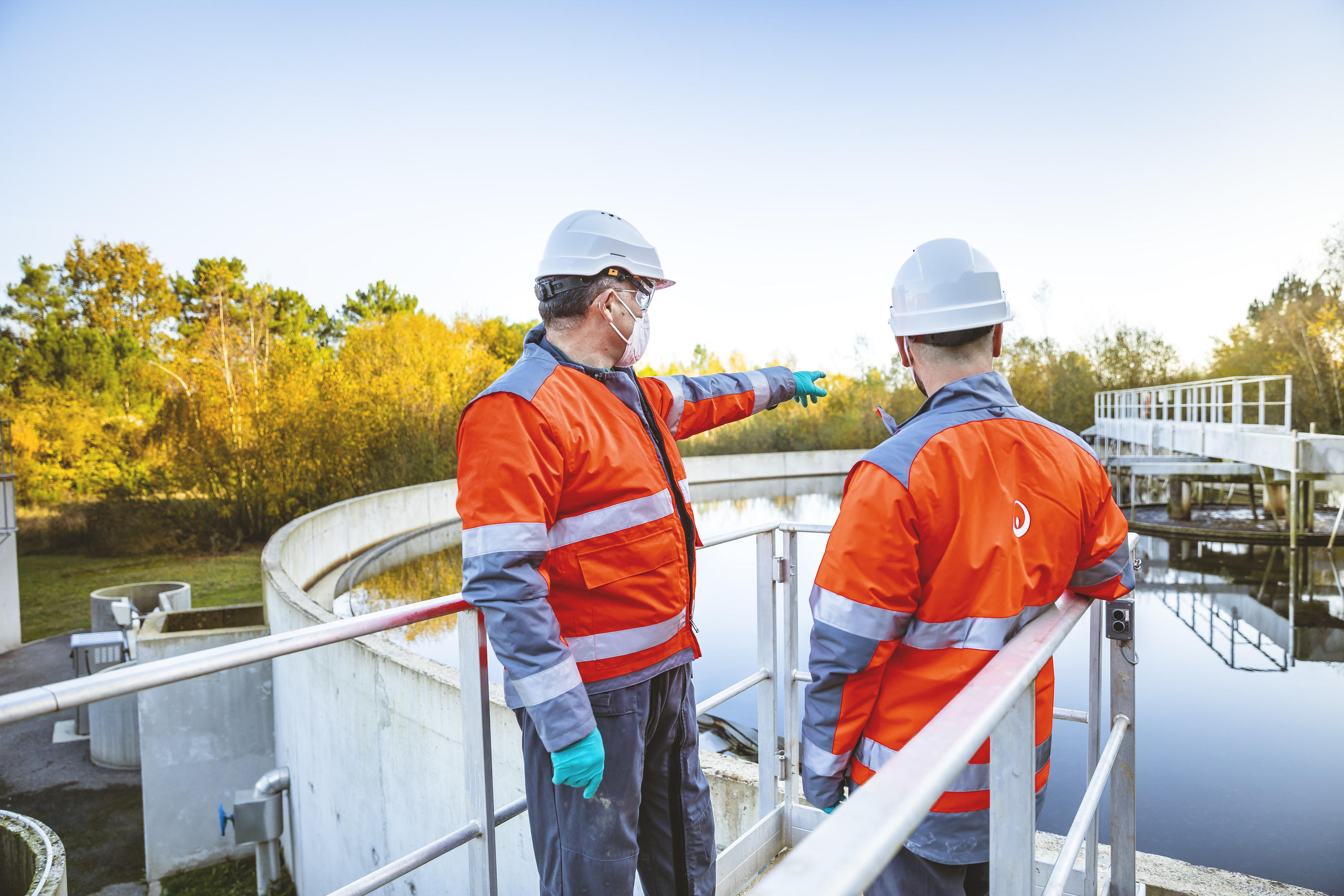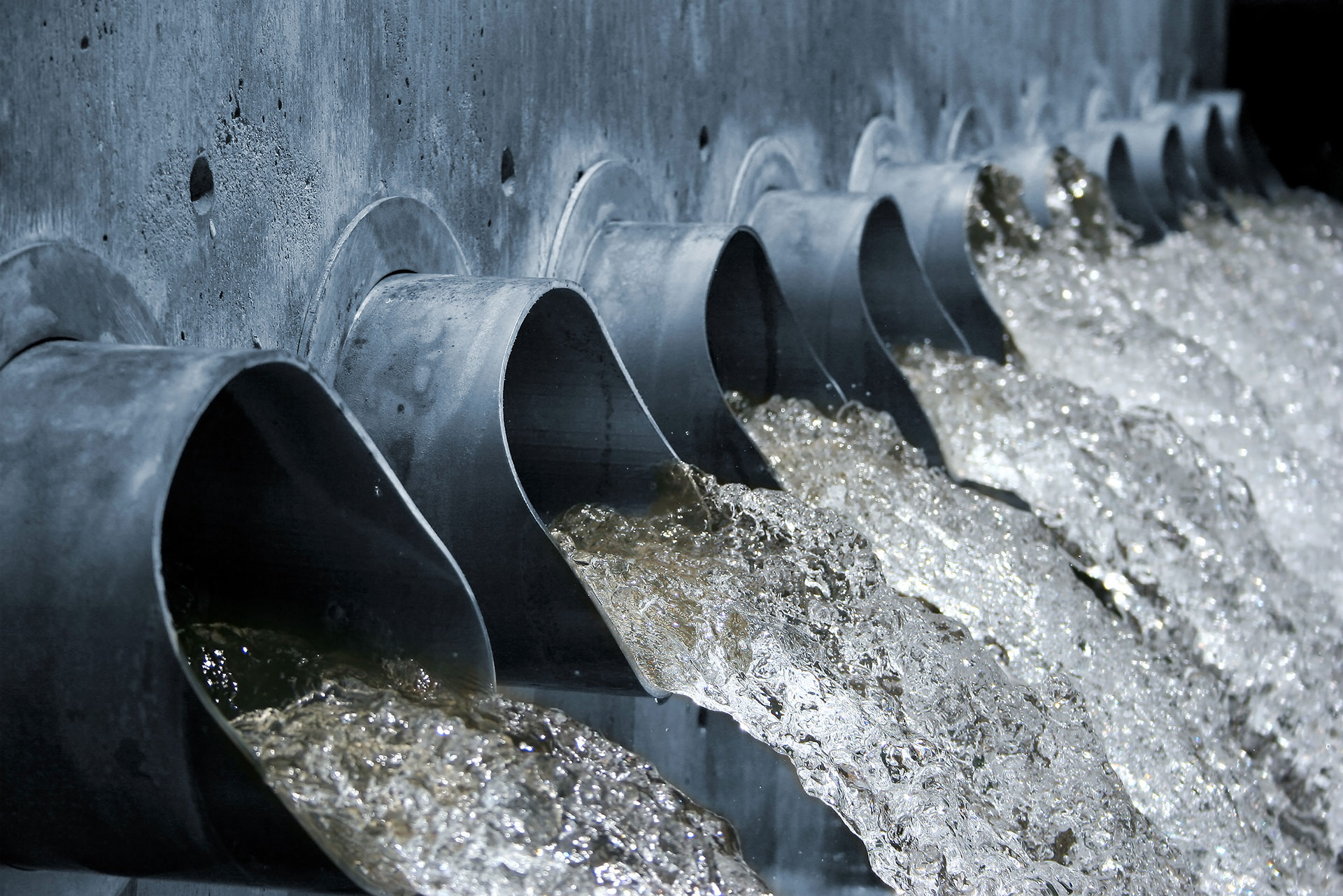Industrial Waste Water Treatment-- Enhance Efficiency with Custom Water Treatment Equipments
Industrial Waste Water Treatment-- Enhance Efficiency with Custom Water Treatment Equipments
Blog Article
Advancements and Developments in Industrial Waste Water Treatment Technologies
The landscape of commercial wastewater treatment is going through a transformative shift, driven by advancements that boost both effectiveness and sustainability. Emerging technologies, such as membrane layer bioreactors and microbial fuel cells, are redefining impurity removal procedures while adding to power generation. Resource healing techniques are gaining traction, aligning with circular economy principles. As regulatory criteria evolve, the combination of AI and machine knowing right into wastewater administration systems guarantees to ensure and improve operations conformity. The full effects of these improvements increase essential concerns about their scalability and long-lasting effect on sector methods.
Review of Waste Water Treatment Technologies
Wastewater therapy modern technologies encompass a variety of approaches designed to eliminate contaminants from industrial effluents before their launch into the setting. These innovations are important for keeping ecological equilibrium and making sure compliance with ecological policies. The primary groups of wastewater therapy consist of physical, chemical, and organic techniques, each offering unique functions based on the nature of the impurities present.

Organic therapy approaches use bacteria to weaken raw material, making them specifically reliable for organic-rich effluents. Methods like triggered sludge and biofilm reactors harness the all-natural degradation capacities of bacteria, bring about significant reductions in biochemical oxygen need (BOD)
Advanced Filtration Strategies
Advanced purification strategies represent an essential development in the realm of commercial wastewater therapy, enhancing the effectiveness of contaminant removal procedures. Industrial Waste Water Treatment. These methods include a series of technologies, including microfiltration, ultrafiltration, nanofiltration, and reverse osmosis, which provide consecutive barriers for various fragment dimensions and chemical structures
Microfiltration and ultrafiltration use membrane systems to get rid of put on hold solids, microorganisms, and larger organic molecules, improving the high quality of effluent previous to further treatment. Nanofiltration bridges the space between ultrafiltration and reverse osmosis, properly getting rid of organic substances and divalent ions, hence minimizing the lots on downstream processes.
Reverse osmosis offers the greatest degree of purification by enabling only water and small molecules to pass through its semi-permeable membrane layers, making it suitable for recovering top quality water from industrial effluents. Current advancements in membrane layer technology, including the advancement of even more resilient and fouling-resistant products, have substantially improved functional performance and minimized expenses.
Incorporating these innovative filtering techniques not just enhances the overall treatment process but likewise adds to sustainability initiatives by enabling water reuse and source recovery in industrial setups. (Industrial Waste Water Treatment)
Organic Therapy Innovations

Furthermore, the advancement of crafted biological systems, such as membrane layer bioreactors (MBRs), internet incorporates biological therapy with sophisticated membrane layer filtering. This integration permits greater effluent quality and decreased impact, making it appropriate for space-constrained industrial facilities. Innovations in genetically engineered microbes have actually also emerged, improving the biodegradation of specific contaminants, such as drugs and hefty metals, that are traditionally challenging to eliminate.
Additionally, the implementation of bioaugmentation approaches, where valuable microorganisms are introduced to enhance the existing biological therapy processes, has actually shown encouraging cause boosting treatment efficiency. These advancements collectively signify a fad in the direction of more sustainable and effective biological therapy methods that can adjust to the evolving intricacies of commercial wastewater streams. As markets remain to prioritize ecological conformity, these organic advancements will play a vital duty in wastewater management.

Resource Recuperation Approaches
In commercial setups, the assimilation of resource healing approaches has actually ended up being progressively vital for enhancing sustainability and reducing waste. These techniques concentrate on drawing out beneficial materials and power from wastewater streams, thus changing possible pollutants into multiple-use resources.
One famous method is nutrient healing, where nitrogen and phosphorus, usually existing in excess in wastewater, are recorded and exchanged plant foods. This not just lowers ecological impacts yet see this website additionally offers a circular economic climate service for agricultural applications. Furthermore, technologies such as anaerobic digestion allow for the conversion of organic waste into biogas, a renewable resource source that can balance out fossil gas use in industrial procedures.
Moreover, progressed filtration and membrane layer innovations facilitate the recovery of commercial spin-offs such as steels and salts. These recouped materials can be rehabilitated into manufacturing processes, decreasing the requirement for virgin sources.
Future Patterns in Drainage Monitoring
As sectors significantly prioritize sustainability, the future of wastewater administration is established to undertake significant transformations. Technological improvements, such as man-made intelligence and artificial intelligence, will enable more reliable tracking and management of wastewater systems. These modern technologies can predict upkeep needs, enhance therapy procedures, and improve decision-making, ultimately lowering functional prices and ecological influence.
Furthermore, the integration of round economic climate principles will play an essential function in wastewater monitoring. Industries are anticipated to move in the direction of systems that not just treat wastewater however additionally recover useful resources, such as nutrients, water, and energy. This change will minimize waste and promote the reuse of materials, lining up with international sustainability goals.
Arising therapy strategies, such as membrane layer bioreactors and progressed oxidation procedures, will additionally boost the efficiency of wastewater treatment, enabling higher top quality effluents appropriate for reuse. Additionally, governing structures are likely to evolve, stressing more stringent criteria for wastewater discharge and motivating sectors to adopt innovative therapy options.
Verdict
In final thought, the advancement of industrial wastewater treatment innovations demonstrates a considerable change towards boosted performance and sustainability. Developments in innovative filtering techniques, biological therapies, and resource recuperation methods highlight the sector's commitment to environmental stewardship. The integration of fabricated intelligence and artificial intelligence better maximizes these processes, ensuring regulative compliance and advertising a circular economic climate. Proceeded improvements in these areas will play a critical role in shaping the future of wastewater management and protecting important water resources.
The landscape pop over here of industrial wastewater therapy is undertaking a transformative change, driven by innovations that improve both effectiveness and sustainability.Wastewater treatment innovations incorporate a range of techniques created to eliminate impurities from commercial effluents before their launch into the environment.Taking advantage of the power of organic processes has led to significant developments in the therapy of industrial wastewater.Additionally, the implementation of bioaugmentation strategies, where beneficial germs are presented to boost the existing organic treatment procedures, has actually revealed appealing outcomes in boosting treatment efficiency. These developments jointly represent a fad towards more lasting and reliable biological treatment methodologies that can adapt to the developing complexities of industrial wastewater streams.
Report this page